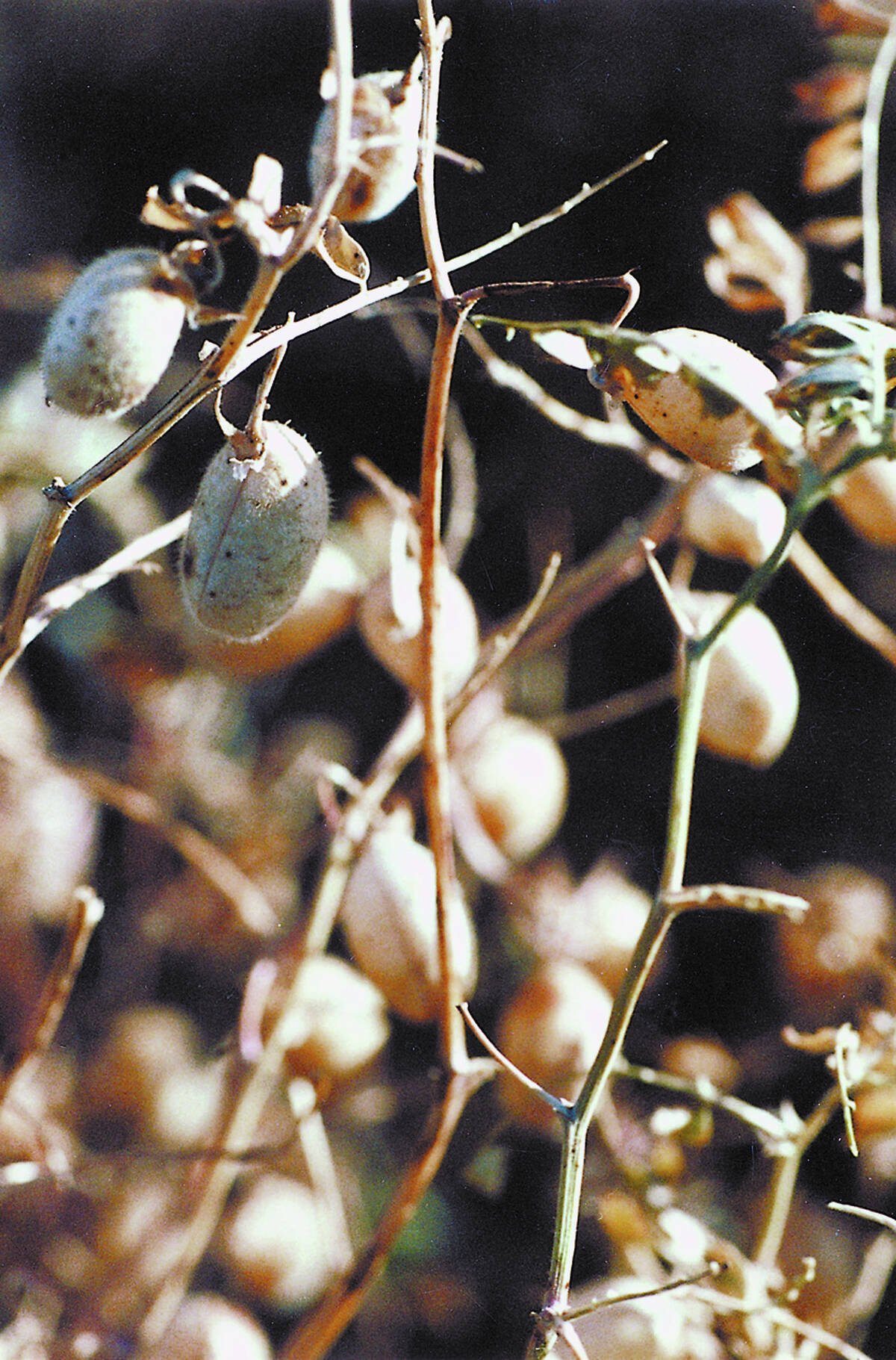Farmer money has been pouring into biofuel projects in North America, but another source may take over, says one of North America’s leading biofuel capital raisers.
“Wall Street has figured it out,” said Bill Horan, an Iowa farmer and businessperson who has organized capital drives for a number of biodiesel plants. “I think the days of ordinary folks having the opportunity to invest is very limited, if not already gone.”
Each $20 million project Horan has organized allows local farmers and investors to own and control a biodiesel plant. Unlike ethanol, which generally requires massive plants in order to be economical, biodiesel can be produced efficiently in smaller facilities.
Read Also

Low-quality chickpeas in abundance this year
There are plenty of low quality chickpeas to move this year but the pet food market is already oversupplied with product.
But Horan said farmers and local people may not be able to compete with some of the biofuel megaprojects being launched by multinationals like Archer Daniels Midland.
“All of the big new projects are done with private money,” said Horan.
Money has been flowing into other publicly traded companies that are building biofuel plants.
On the day that previously private VeraSun Energy Corp. became a publicly traded company, its shares shot up 30 percent as investors raced to buy a stake.
Bill Gates, the world’s richest man, bought a chunk of another ethanol producer in April.
There are now 97 ethanol plants in the United States, with about 30 in construction.
The powerful political and investor momentum behind the industry has provoked the Wall Street Journal to repeatedly denounce the industry this year, which it sees as a taxpayer-subsidized political gift to the U.S. Midwest farm states.
“Ethanol has powerful promoters in the farm states especially, and its lobbyists have skillfully marketed their product as the answer to dirty air, global warming and even military deployments in the Middle East,” said the Wall Street Journal in a recent commentary.
“The share price of America’s largest ethanol producer, Archer Daniels Midland, has climbed by 80 percent in the last year alone.”
On the Canadian Prairies, where biodiesel development has been almost non-existent and ethanol development slow and small, farmers still hope to build a biofuel industry that produces rural revenue and offers another market for grains and oilseeds.
The Canola Council of Canada is holding a biodiesel summit in Calgary this summer, and producer groups across the Prairies are trying to set up projects like the ones Horan has organized in Iowa.
Arborg, Man., farmer and entrepreneur Paul Bobbee, who produced biodiesel last summer in a small plant on his farm, recently raised $200,000 from 20 local people and hopes to raise another $250,000 soon. With money from banks and the provincial government, which is offering to fund a number of biodiesel projects, he hopes to have a plant running by late fall.
Bobbee believes there is still room on the Prairies for locally owned plants, but like Horan, he thinks the time is limited.
Any plant will have to be able to sell the canola meal it produces, and there aren’t too many markets for that.
“We know the markets are there, but everyone’s going to be fighting for the same markets,” said Bobbee.
Manitoba Hydro’s offer of financial support has started many producer groups working on plans, but the few projects with a chance of success are those with their markets established before the bulldozers arrive.
“It’s a mad rush right now,” said Bobbee. “You’ll have to be serious to be taken seriously.”
But Horan worries that Wall Street’s discovery of biofuel will make it impossible for new, small scale, producer-owned plants to find any backing from banks or governments.
“There was a narrow window for people to get in and it’s closing very quickly,” said Horan.















